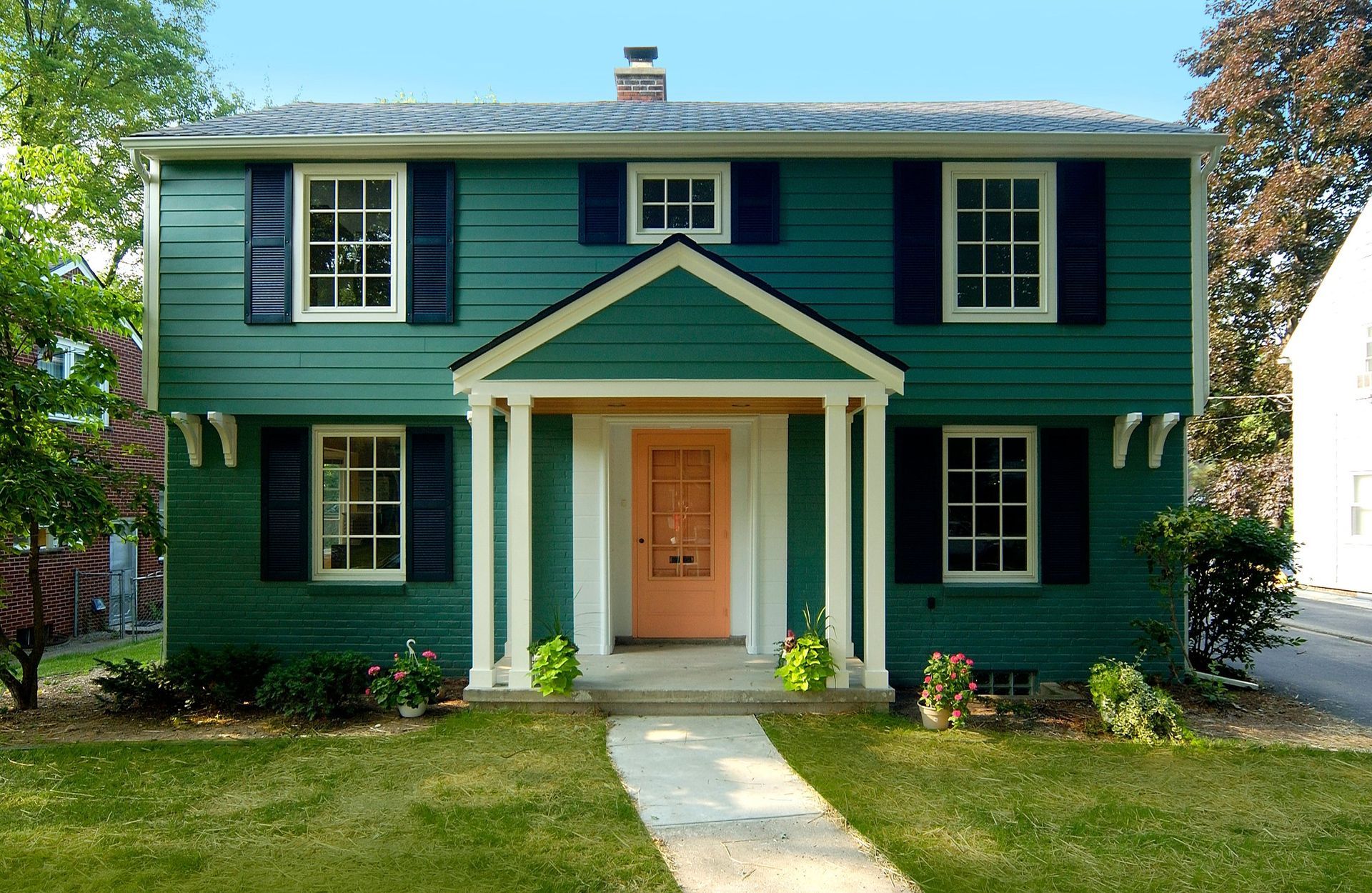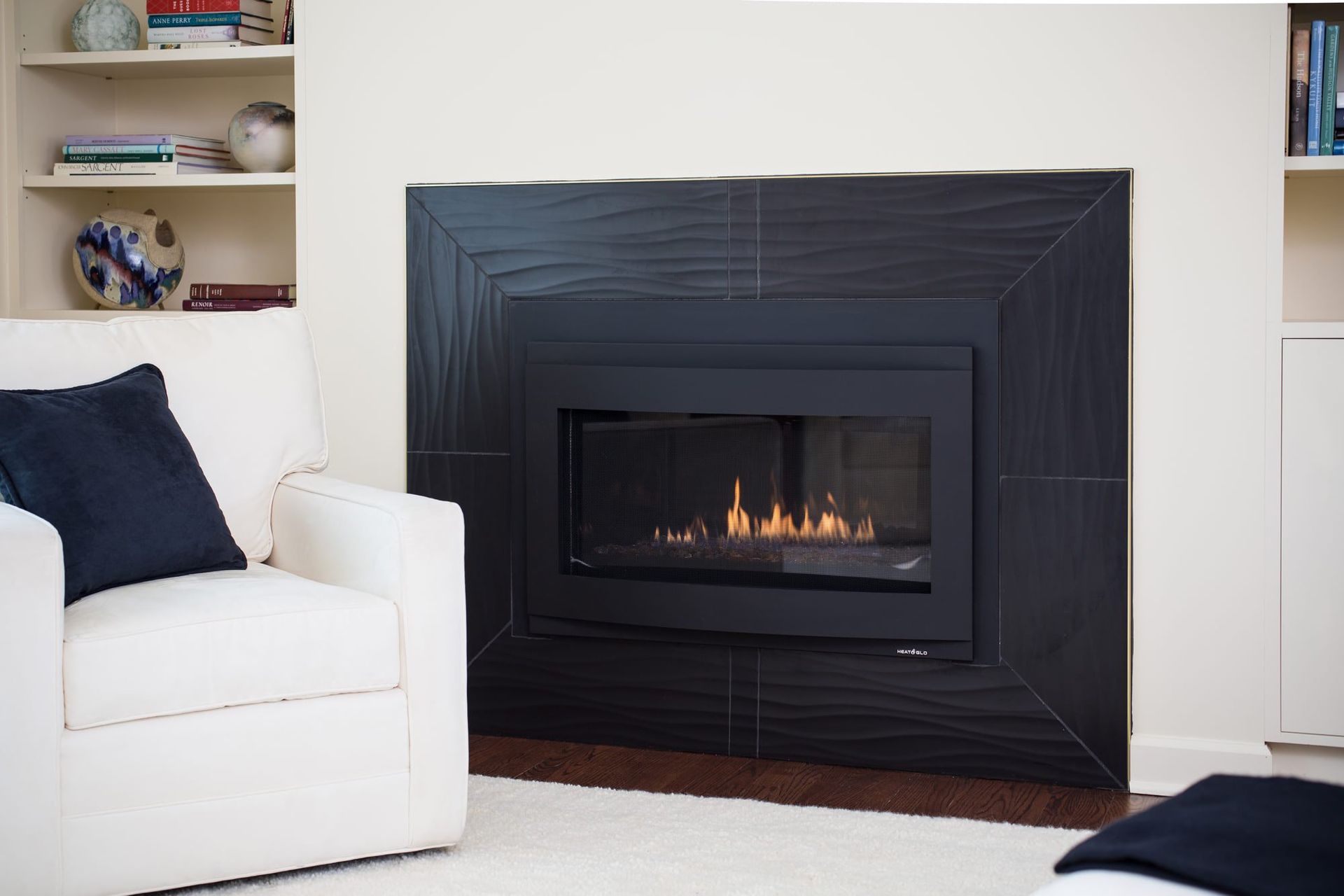
Prioritizing personal value over resale value in home design

Many homeowners feel pressured to prioritize resale value when planning home improvements, often adjusting designs to attract future buyers.
But what happens when your home no longer reflects you? When you’re constantly thinking about what someone else might want, you can end up with a space that doesn’t bring you true joy.
Most of our clients at Studio Z plan to stay in their homes for 10 years or more after a remodel. The investment—both financial and emotional—is significant, and they want to get their money’s worth.
Over that decade, though, preferences and trends inevitably shift. By the time you sell, those carefully chosen features might not even boost your sale price when it's time to sell.
This blog post explores how focusing on personal value rather than resale can lead to a more fulfilling design process.
We’ll discuss the unpredictability of trends, the emotional benefits of designing for yourself, and practical tips on how to create a home that truly reflects your personality.
Does Resale Value Matter?
It’s easy to see why homeowners fixate on the future home value. From real estate shows to home improvement advice, we’re constantly told to prioritize what future buyers might want.
Neutral palettes, popular features, and safe design choices become the default. But is this really the best approach?

Here's the truth: resale value is unpredictable. The 2024 Cost vs. Value report backs this up: out of 23 common remodeling projects, only 3 return more than 100% of their cost:
- Garage Door Replacement (193.9%)
- Steel Entry Door (188.1%)
- Manufactured Stone Veneer (153.2%)
As you can see, the projects that provide the most value are pretty small! Most of our clients come to us because they want to make more significant improvements to their homes.
Most interior improvements recover far less. For example,
minor kitchen remodels offer a 96.1% return, while larger, more expensive renovations like a
major kitchen remodel recover just 49.5%

You Can’t Predict the Future: Why Home Trends Are Unreliable
Home design trends are constantly evolving. What’s considered stylish now may look dated in a few years.
Take open floor plans, for instance—once wildly popular, but today more people are opting for defined, cozy spaces with more privacy and acoustic separation.
Think of trends like sunken living rooms, heavy wood paneling, or wallpaper borders. These were once must-haves but quickly became dated. Investing heavily in today’s trends might not pay off when it’s time to sell.
“As architects, we don’t have a crystal ball. It’s impossible to predict which features will still feel fresh in 10 years. Some buyers might love minimalist, modern designs, while others will prefer a traditional, cozy aesthetic. Betting on what future buyers will like can be risky.”
– Dawn Zuber, Owner of Studio Z Architecture
The Studio Z Philosophy of Home Design: Designing for You
At Studio Z, we believe your home should reflect your tastes, lifestyle, and needs—not just what might appeal to potential buyers.
Too many homeowners choose “safe” options, thinking they’ll appeal to the widest audience, but the result can be a home that feels bland and impersonal.
Over the years you live in your home, trends will likely change, and what’s in style now may no longer appeal when it’s time to sell.
Living in a home designed to reflect your personal tastes can
improve your overall well-being. A space that brings you joy can boost your mood and daily satisfaction, making your home a sanctuary rather than just a future investment.
Common Features That Add Personal Value but Not Resale Value
When designing or remodeling your home, it’s natural to want a space that feels uniquely yours—a place that reflects your lifestyle, passions, and daily routines.
Some features may not significantly boost your home’s resale value, but they can greatly enhance your quality of life. And your quality of life is especially important if you plan to stay in your home for a decade or more, where your day-to-day comfort and enjoyment should take precedence over appealing to a potential future buyer.
Here are a few common features that might not bring the highest return on investment when selling but can add tremendous personal value to your living experience.
Luxurious Upgrades:
Features like steam showers, custom storage solutions, or high-end lighting can significantly enhance your daily experience. However, they don’t always offer high returns when it comes time to sell. That doesn’t mean they’re not worth it!
Niche or Quirky Features:
Have a hobby you love? Creating a dedicated space for it—whether it’s a custom garage workshop, a yoga studio, or an art room—can drastically improve your quality of life, even if it’s not something future buyers will care about.
Big Projects:
A major kitchen remodel typically recovers just 49.5% of the cost. Even the addition of an extra bedroom doesn’t always bring back the full investment, depending on the comps (comparable homes) in your area. However, if your dream kitchen or more living space will completely change your life for the better, we say go for it!
Want more help designing a home that will fit you now and in the future? Read our Guide to Home Design for Aging in Place.
How to Prioritize Personal Enjoyment in Your Home Design
At Studio Z, we help clients identify their needs, wants, and dreams to ensure their home design aligns with their lifestyle and brings them daily satisfaction.
We dive into what will truly make you happy in your space, creating a home you’ll love living in.
Practical Tips to Creating a Home That You Love:
Make a List: Think about what features will improve your home life. Is it a built-in reading nook? A larger kitchen island? A home office designed just for you?
Invest in Joy: Don’t be afraid to include features that bring you happiness, even if they won’t appeal to future buyers. After all, it’s your home.
Don’t Spend on What You Don’t Use: We often talk to clients about features like bathtubs. Many wonder whether they need a tub in the primary bathroom or another bathroom. If you won’t use it, don’t install one just to cater to an imaginary future buyer. Focus on what you need.
Designing for Yourself Beats Chasing a "Good" Resale Value

When remodeling your home, focusing solely on resale value often means designing for someone else, not for yourself.
Most projects won’t recoup their full cost, and trying to predict future design trends or buyer preferences is risky. Trends change, and what’s popular today might be outdated by the time you sell—so, why bother to predict the unpredictable?
Instead, prioritize what brings you happiness and makes your daily life better.
Whether it’s a custom workshop, a steam shower, or simply a space that reflects your personality, designing for your own needs will make your home more enjoyable in the long run.
Ready to create a home that’s uniquely yours?
Contact us today to start designing a space that fits your lifestyle!









